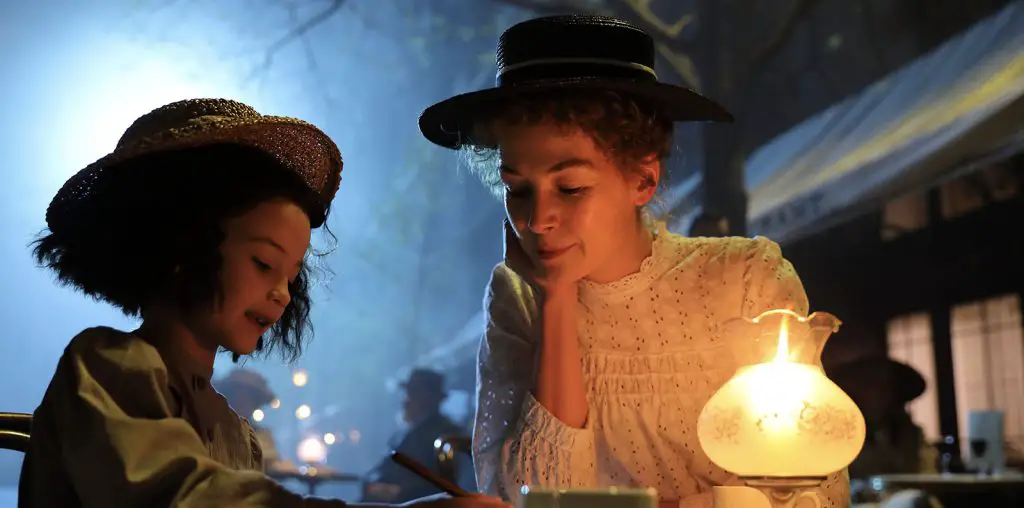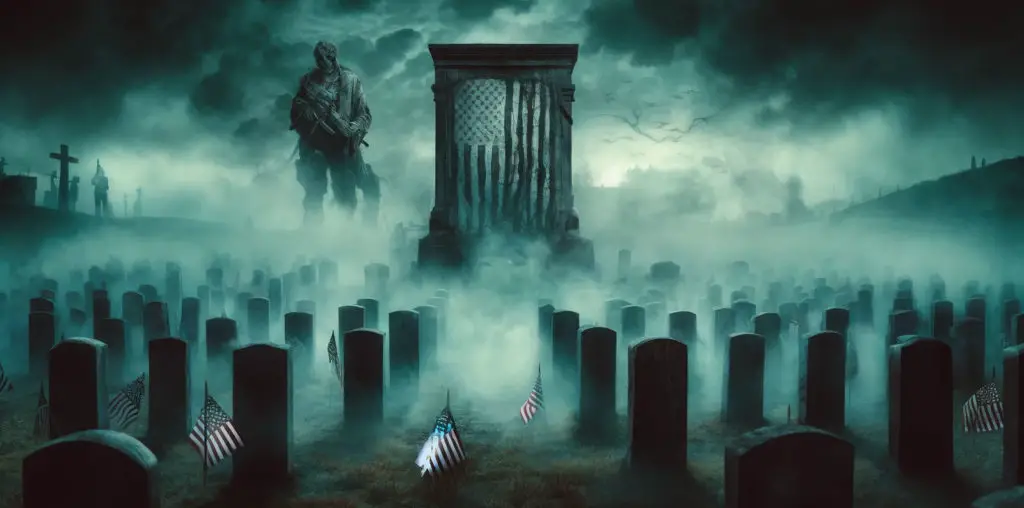
“The first thing I’m gonna do when I get home is punch your mama in the mouth.”
A brief history lesson: in the 1970s, nobody worried about drunk driving, or how they would support themselves in their old age, or the consequences of anything they ever did at any point in the course of their lives. If, when viewing “Smokey and the Bandit,” you keep this context in mind, you’ll feel a lot better about the experience.
As I recall, people were “thirsty in Atlanta,” and there was “beer in Texarkana,” so Big and Little Enos Burdette (Pat McCormick and ubiquitous ‘70s short person Paul Williams) challenge the Bandit (Burt Reynolds) and Snowman (Jerry Reed) to drive 400 cases of beer from Arkansas to Georgia and back in 28 hours. Today that trip would take you a mere 20 hours, but apparently in 1977 sections of the rural South still had to contend with wagon wheel ruts and slave uprisings.
Those searching for more intricacies from Needham and Robert Levy’s story might have better luck asking George Lucas to autograph their bootleg of The Star Wars Holiday Special. “Smokey and the Bandit” serves two key purposes: it allows everyone stuck driving a fuel efficient econobox in the late ‘70s to vicariously indulge in some good old-fashioned muscle car action, courtesy of Bandit’s 1976 Trans-Am; and it convinced audiences everywhere that they just weren’t “with it” unless they had a CB radio. Citizens band radio proved that the bizarre behavior of individuals on Usenet and message boards isn’t unique to the internet, and it introduced weird jargon and dorky usernames before the first e-mail was ever sent (and a year before “Convoy” came out).
An experiment conducted by me and a friend on a 22-hour drive from our nation’s capitol to Texas proved conclusively that CB radios are used primarily for one thing: sharing information about prostitutes. There’s no grizzled philosophy of the road to be gleaned from listening to truckers on a CB, but rather where the hookers are, how the hookers look, and how much the hookers cost. To be fair, they also occasionally discussed the location of police, but only because police know where to find the best hookers.
Reynolds is at the top of his game as the titular Bandit, though he obviously never took to heart the warning that wearing hats makes you bald. He takes it off for one thing, and one thing only. The guy may drive a Trans-Am with t-tops at speeds in excess of “give me a freaking break,” but that hat only comes off when the Flying Nun herself, Sally Field, opens her pearly gates.
“Smokey and the Bandit” would’ve been the top grossing movie of 1977, if not for those meddling stormtroopers. If nothing else, the success of Bandit, Snowman, Buford T. Justice, the Enoses, and Hot Pants Hilliard made it abundantly clear that red-blooded Americans, for all their claims to the contrary, still like to see handsome rednecks get the better of the police. If Snowman had a semi full of weed, there’d be calls for public hangings, but it’s just beer, so the film still qualifies as “wholesome entertainment” in NASCAR country. Throw in some pro wrestlers and “Smokey and the Bandit” might become the first movie officially endorsed by the Trailer Park Association of America.
The story continues in part three of FOOTAGE FETISHES: THE PASSION OF HAL NEEDHAM>>>

